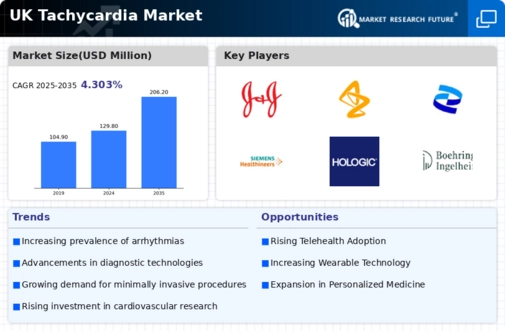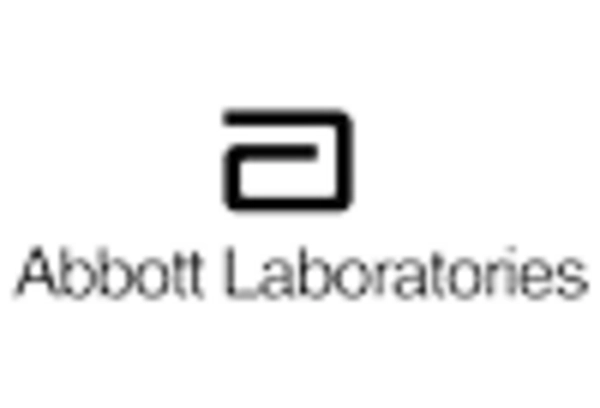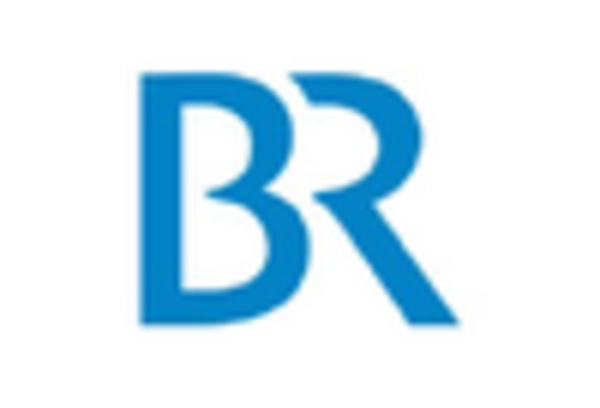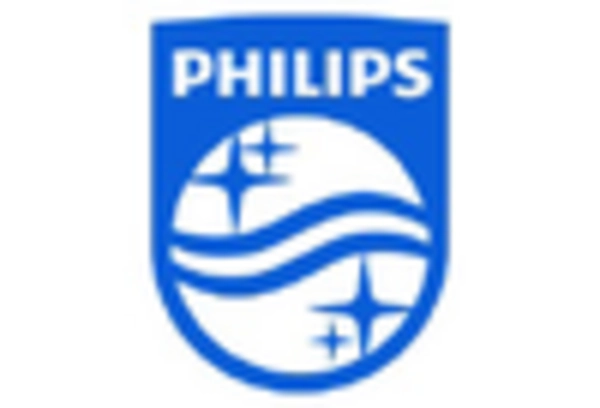Increased Awareness and Education
There is a notable increase in awareness and education regarding heart health among the UK population, which serves as a significant driver for the tachycardia market. Public health campaigns and educational initiatives have been instrumental in informing individuals about the risks associated with tachycardia and other heart conditions. This heightened awareness encourages individuals to seek medical advice and undergo diagnostic testing, thereby increasing the demand for tachycardia management solutions. Moreover, healthcare professionals are also becoming more vigilant in identifying and treating tachycardia, leading to earlier interventions. As a result, the tachycardia market is likely to experience growth as more patients are diagnosed and treated, reflecting a proactive approach to cardiovascular health.
Government Initiatives and Funding
Government initiatives and funding aimed at improving cardiovascular health are pivotal drivers for the tachycardia market. The UK government has implemented various programs to enhance healthcare access and promote research in cardiovascular diseases. Increased funding for research and development in this area is likely to lead to the discovery of new treatment options and technologies for managing tachycardia. Additionally, public health policies that focus on preventive care and early diagnosis are expected to create a conducive environment for the growth of the tachycardia market. As resources are allocated to tackle cardiovascular issues, the market is poised for expansion, benefiting from both public and private sector investments.
Advancements in Treatment Modalities
The tachycardia market is significantly influenced by advancements in treatment modalities, which enhance patient outcomes and drive market growth. Innovations such as catheter ablation and implantable cardioverter-defibrillators (ICDs) have transformed the management of tachycardia, offering effective solutions for patients. The UK healthcare system has seen a rise in the adoption of these advanced therapies, with a reported increase in procedures performed annually. This trend indicates a shift towards more effective and less invasive treatment options, which are appealing to both patients and healthcare providers. As these technologies continue to evolve, the tachycardia market is expected to expand, driven by the demand for improved therapeutic options that cater to diverse patient needs.
Integration of Digital Health Solutions
The integration of digital health solutions into the healthcare system is emerging as a crucial driver for the tachycardia market. The rise of telehealth services and mobile health applications enables patients to monitor their heart health more effectively. These technologies facilitate remote consultations and continuous monitoring, which are particularly beneficial for individuals with tachycardia. In the UK, the adoption of such digital solutions is gaining momentum, as they provide convenient access to healthcare services and improve patient engagement. This trend not only enhances the management of tachycardia but also encourages patients to take an active role in their health. Consequently, the tachycardia market is likely to benefit from the growing reliance on digital health technologies.
Rising Prevalence of Cardiovascular Diseases
The increasing incidence of cardiovascular diseases in the UK is a primary driver for the tachycardia market. According to recent health statistics, cardiovascular diseases account for approximately 27% of all deaths in the UK, highlighting a critical public health issue. This alarming trend necessitates enhanced diagnostic and therapeutic solutions for conditions like tachycardia. As healthcare providers seek to address this growing concern, investments in tachycardia management technologies are likely to rise. The demand for effective treatment options is expected to propel the tachycardia market forward, as patients require timely interventions to manage their conditions effectively. Furthermore, the aging population in the UK, which is more susceptible to heart-related ailments, further amplifies the need for innovative solutions in the tachycardia market.

















Leave a Comment